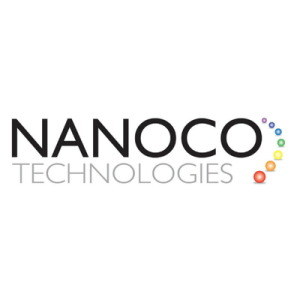Cheshire tech firm Nanoco is predicting breakeven by 2025 as the delivery of its first commercial order spurred a £2m profit in its latest HY results.
Revenues at the Manchester University spinout, which develops materials used in the manufacture of monitors and TV screens and technologies for medical imaging, rose from £1.562m to £3.956m from the previous year, while the pre-tax profit of £2.091m was a turnround from a pre-tax loss of £2.334m the prior year.
In November 2023, Nanoco completed the shipment of two first-generation materials for use in infra-red sensing applications in electronic devices. In the same month, a two-year agreement was signed with an Asian chemical supplier to global electronics supply chains to enhance another high performing sensing material, while in January this year, a joint development agreement was signed with STMicroelectronics, a global semiconductor leader, to optimise the performance of a second-generation sensing material over a two-year period.
Nanoco Group PLC (LON:NANO) leads the world in the research, development and large-scale manufacture of heavy metal-free nanomaterials for use in displays, lighting, vertical farming, solar energy and bio-imaging.


